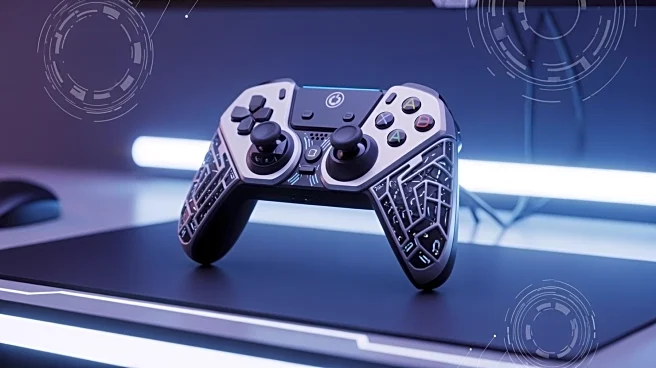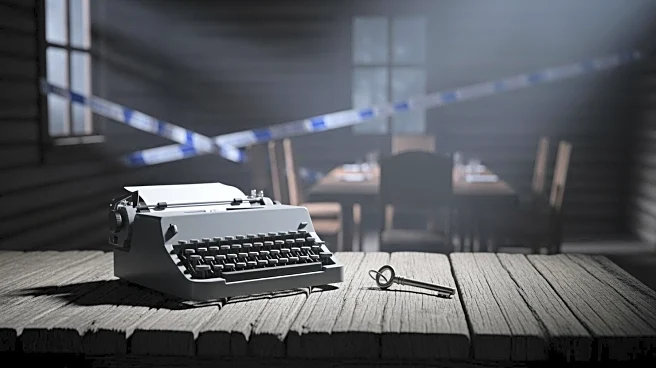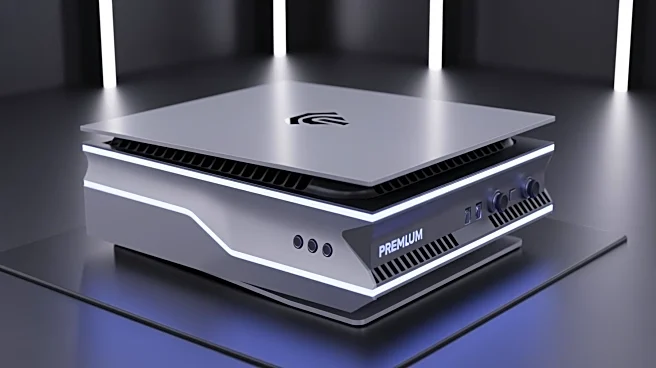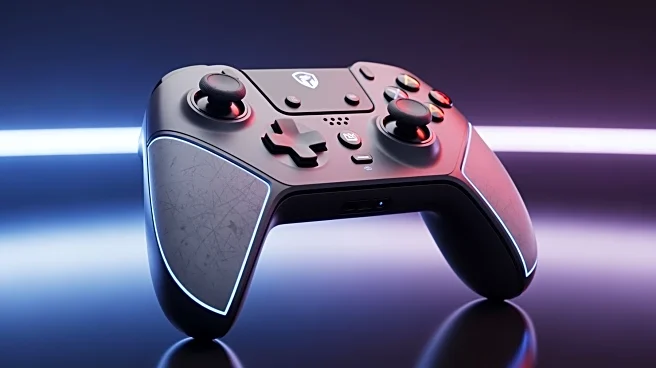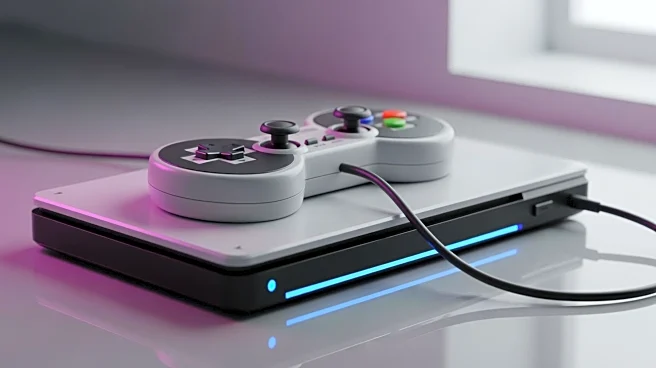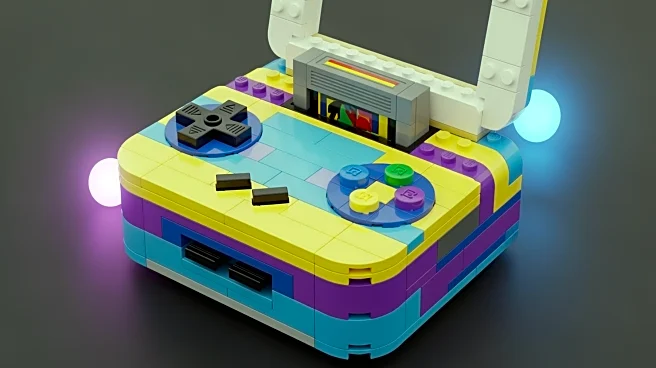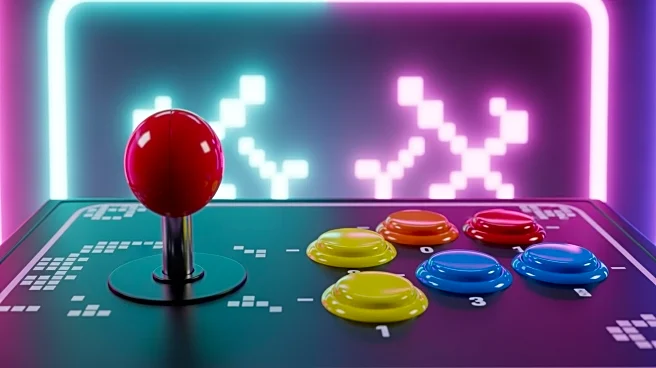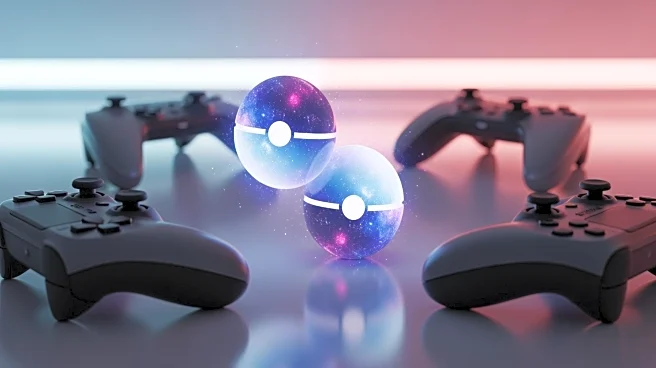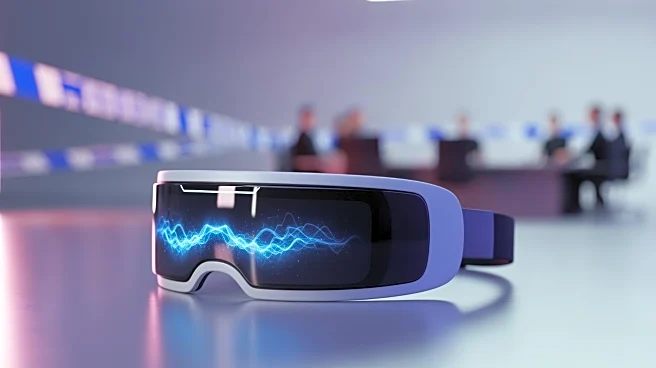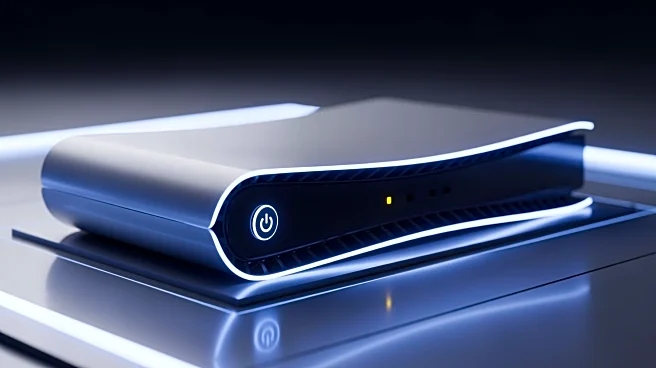What's Happening?
The 8BitDo Pro 3 controller has been released, featuring a retro-inspired design reminiscent of the Nintendo GameCube. It offers wireless connectivity through 2.4 GHz and Bluetooth, and includes a charging dock that doubles as a connector. The controller is equipped
with four reprogrammable buttons, swappable face buttons, and a symmetrical thumbstick layout. Despite its appealing aesthetics and ease of use, the Pro 3 has a lower polling rate of 250 Hz compared to competitors, which may affect its performance in competitive gaming scenarios. Additionally, it lacks a 3.5 mm headphone jack, limiting its functionality for users who prefer wired headsets.
Why It's Important?
The release of the 8BitDo Pro 3 highlights the ongoing competition in the gaming controller market, where design and functionality are key factors for consumers. While the Pro 3's design and ease of use may attract casual gamers and those who appreciate retro aesthetics, its lower polling rate and lack of a headphone jack could deter competitive gamers seeking high-performance equipment. This development underscores the importance of balancing design with technical specifications in consumer electronics, as users increasingly demand both style and substance in their gaming accessories.
What's Next?
As the 8BitDo Pro 3 enters the market, it will likely face scrutiny from both consumers and competitors. Gamers may provide feedback on its performance, particularly in competitive settings, which could influence future iterations of the product. Additionally, 8BitDo may consider addressing the Pro 3's limitations in future updates or models to better compete with other high-performance controllers. The company's response to consumer feedback will be crucial in maintaining its reputation and market share.
Beyond the Headlines
The introduction of the 8BitDo Pro 3 also reflects a broader trend in the gaming industry towards nostalgia-driven design. By incorporating elements reminiscent of classic gaming consoles, companies like 8BitDo tap into a sense of nostalgia that resonates with many gamers. This approach not only appeals to older gamers but also introduces younger audiences to the aesthetics of past gaming eras. However, the challenge remains to ensure that such designs do not compromise the technical capabilities expected by modern gamers.
